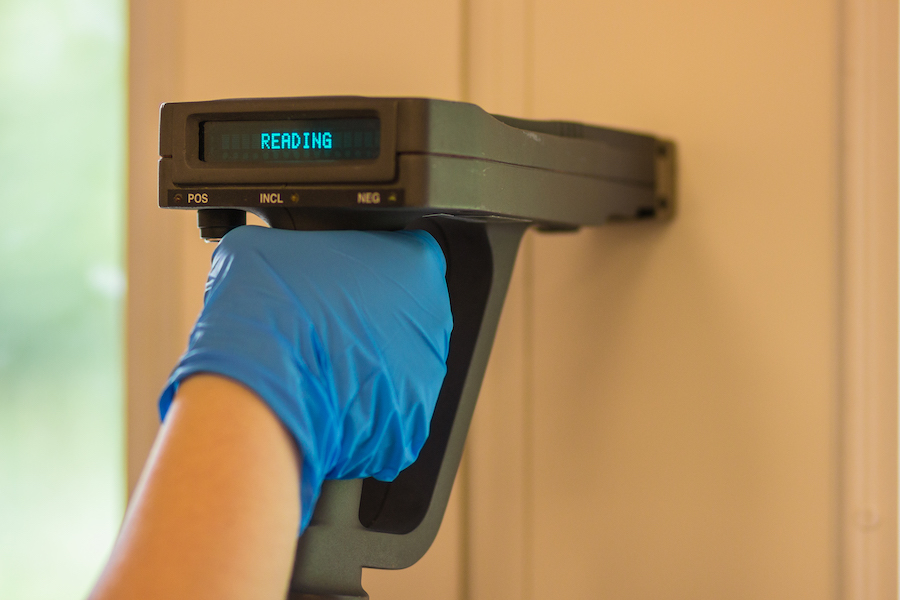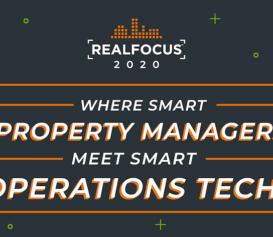From Local Law 55 annual inspections to new XRF testing requirements, lead and environmental-related regulations are on the rise at residential properties.
We sat down with Neal Altman, President of NAJO Consulting LLC (also an EPA Lead Inspector, Mold Assessor, and Oil Tank Consultant) to review how managers should be thinking about some of the latest environmental regulatory changes. Here’s some of the advice he shared:
I think it’s always a challenge to stay ahead or keep up with all of the environmental regulations in NYC. I think over the next few years we will see how NYC will use the data provided from NYC Local Law 31 to create more laws/monitoring.
The basics: Local Law 31 requires all residential units (including Condo/ Coop units that are rented) in a pre-1960 building, or a building built between 1960-1978 with known lead issues, to be tested via XRF by a lead inspector or risk assessor before August 9, 2025.
That said, if a child under the age of 6 “resides” (spends greater than 10 hours per week in the unit), it must be tested within 1 year of them residing there. So if a unit had a child under 6 when the law passed on August 9, 2020, the unit must be XRF tested before August 9, 2021.
Local Law 31 XRF testing must be done by a lead inspector or risk assessor – not someone in-house. [Editor’s note – here’s the language of the law, direct from HPD: “…an owner must use an Environmental Protection Agency (EPA) certified inspector or risk assessor, independent of the owner or any firm hired to perform lead-based paint remediation.”
Separately, Local Law 55 inspections can be done by in-house personnel or by a mold assessor.
Utilizing the InCheck Local Law 55 workflow is a great way to complete the inspections. It allows on site staff to be able to get attach pictures within the application and have a tenant sign as proof of the inspection being completed. It also generates a very clear and thorough report that can be provided to clients/ NYC if requested.
I would also suggest starting doing the inspections early, as the task of inspecting all units and organizing the reports can be quite daunting.
In regards to lead, HPD has provided new record keeping procedures for Annual Inspections for Local Law 1, Turnover and Work that Disturbed paint. These forms can be found here.
HPD also provides some webinars on proper practice [for lead documentation].
On a separate topic, many managers are unaware of DEC’s monthly requirement of visual inspections for all oil tanks over 1,000 gallons. DEC has increased their presence to ensure buildings are complying with these laws.
To get in touch with Neal, you can visit his website or reach out to neal@najoconsulting.com.
And if you have questions about how your team can perform, manage, and track these inspections? Reach out to us at sales@sitecompli.com – we’re always happy to help!




